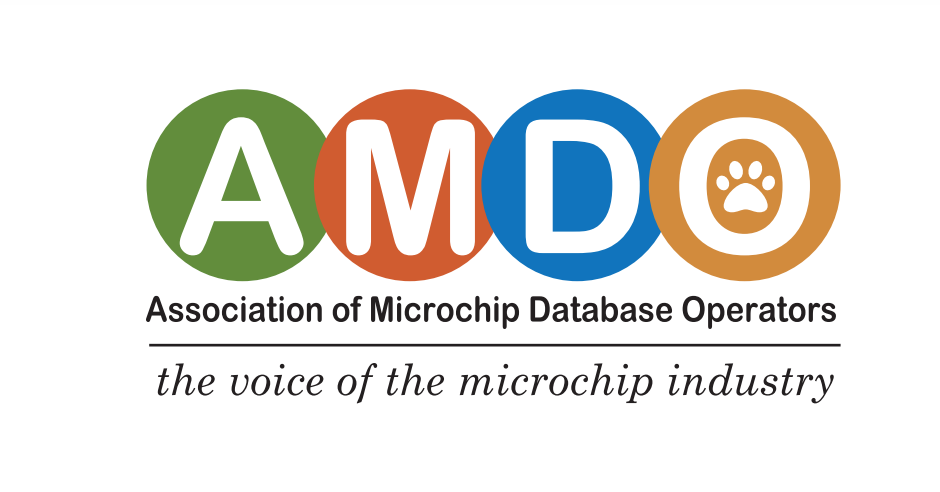From 6th April 2016 in England, Scotland and Wales, the Microchipping of Dogs Regulations came into force, stating that every dog that had not yet been implanted with a microchip had to do so by the age of 8 weeks old and registered into the name of the breeder as first keeper. The breeder in this instance is known as the keeper of the bitch that whelps.
For Northern Ireland, this came into place in June 2015, however this does not require the puppy to be registered into the name of the breeder first. Every domestic dog owner in Northern Ireland is required to hold a valid dog licence which are available to apply for via the local council.
From 10th June 2024, in England only, it became a requirement for cats to be microchipped by the age of 20 weeks old and registered into the name of the keeper, who may not necessarily the breeder.
The registration should hold full details of the pet, including date of birth, gender, breed (ideally a description if a crossbreed) and colour for identification purposes. If your pet went missing, they should be easily identifiable by the description as well as relying on the microchip number as the main identifier.
In regards to transferring keepership on a microchip registration, the legislation states that a cat or dog must not be transferred to a new keeper unless the seller has microchipped & registered the pet in their details.
The new keeper should, unless the previous keeper has already done so, transfer the registration into their name. Some welfares/rehoming organisations may do this for you, however they are not obliged to do this. You should not rely on the previous keeper having done it, so it is always worth contacting the database that holds the microchip registration to ensure that the details are up-to-date.
Keeper vs Owner #
The ‘keeper’ is the person with whom the animal normally resides with, and there may be cases where this differs from the pet owner. The microchip registration only proves keepership, not ownership which is important to understand in the case of a dispute over ownership of a pet.
Microchip Standards #
For cats and dogs that have been imported to England, they must be implanted with an FDX-B ISO standard microchip (these will be 15 digits long) within 30 days of entry to the country and registered on to a compliant database. Defra compliant databases can be found here: https://www.gov.uk/get-your-dog-cat-microchipped
What about collar tags – are they still required? #
The Control of Dogs Order 1992 states that dogs in public places must wear a collar or collar tag with the name and address of the owner. Whilst it doesn’t mention the need to add a phone number, many pet owners prefer to add this as well.
Keeping your details up to date is vital #
Your responsibility as the keeper of a pet is to ensure that the microchip registration is up to date with contact details for you. This will increase the chance of quick and efficient reunification with your pet should they go missing.





